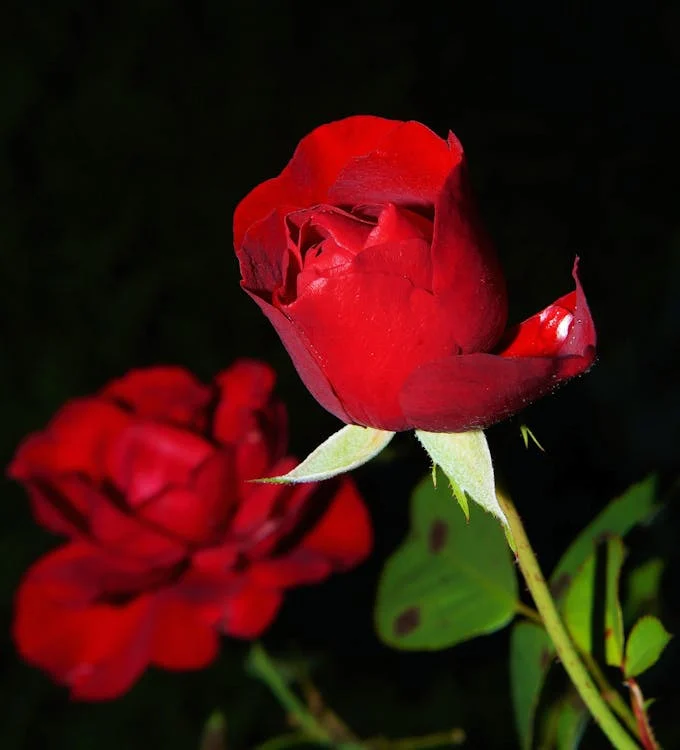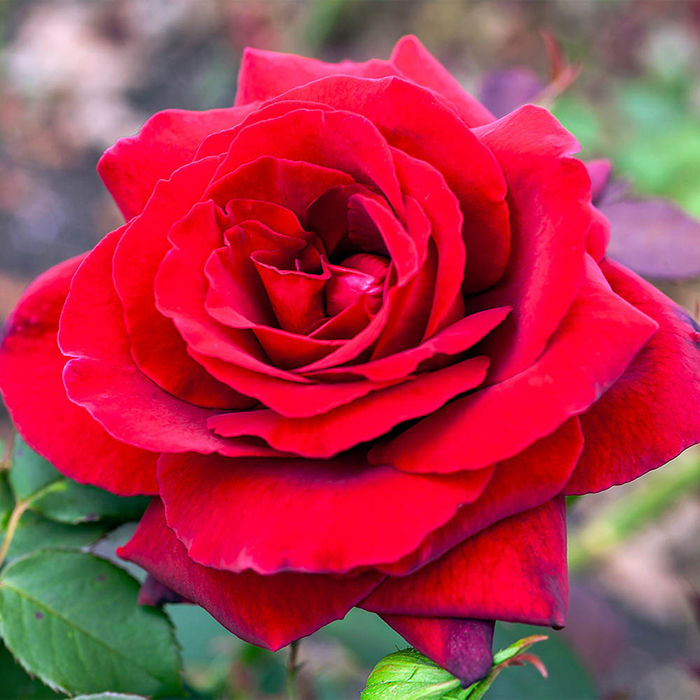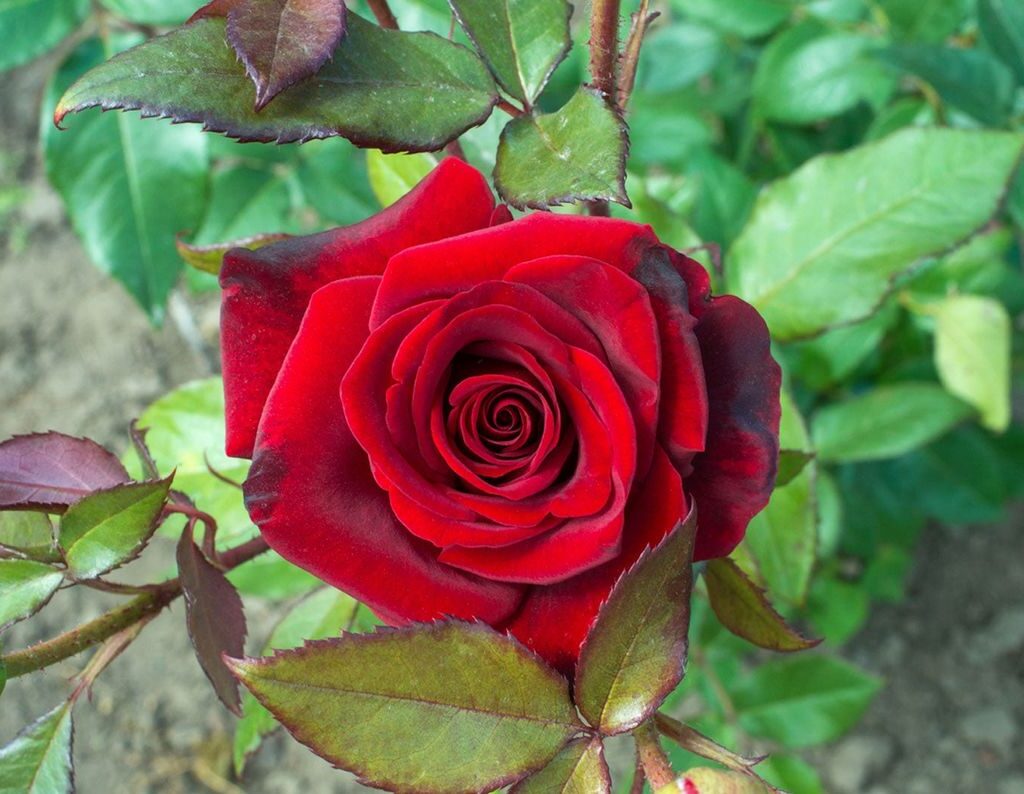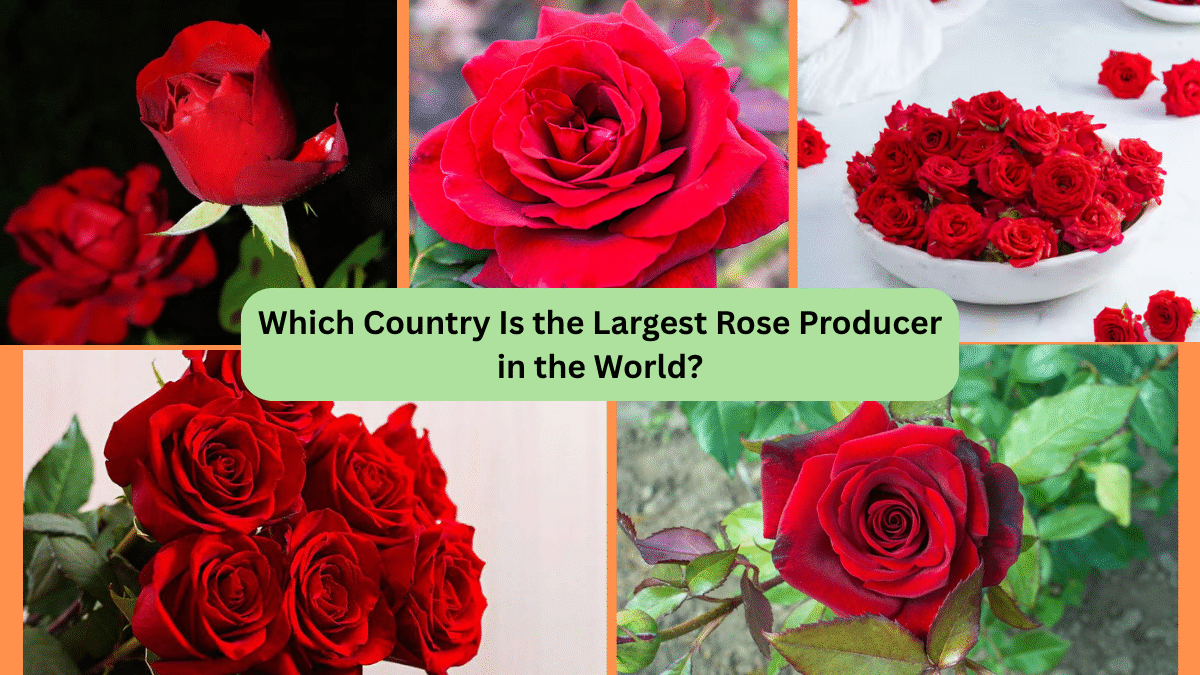Roses have captivated civilizations for thousands of years, symbolizing love, beauty, and tradition across cultures. From ancient Persia to Victorian England, and from sacred ceremonies to luxurious perfumes, roses have been deeply cherished. But beyond their romantic symbolism, roses are also a booming agricultural commodity. Around the world, millions of tonnes of roses are grown annually for decorative, ceremonial, medicinal, and industrial uses.
If you’ve ever wondered which country leads the world in rose production, the answer might surprise you. While countries like the Netherlands, Colombia, and Ecuador are well-known for exporting cut roses, it is India that holds the title of the world’s largest rose producer by volume.
The Global Importance of Roses

Before diving into specific countries, it’s helpful to understand why roses are so significant globally:
- Cut flowers for bouquets, weddings, and decorations.
- Garlands and religious rituals in Asia and the Middle East.
- Rose essential oil for perfumes, skincare, and aromatherapy.
- Rosewater and petals used in culinary traditions, especially in India and the Middle East.
- Medicinal uses in Ayurveda and traditional Persian medicine.
The global rose market is vast, with different countries dominating specific niches — from bulk production to luxury rose oil.
India: The World’s Largest Rose Producer by Volume
When it comes to sheer quantity, India is the largest rose-producing country in the world. According to the National Horticulture Board of India and recent agricultural reports, India produces over 900,000 tonnes of roses annually — a figure unmatched by any other nation.
Major Rose-Growing States in India:
- Karnataka – especially around Bengaluru and Chikkaballapur.
- West Bengal
- Gujarat
- Tamil Nadu
- Uttar Pradesh
- Andhra Pradesh
Among these, Karnataka leads the pack, contributing around 25% of the country’s rose production.
Why India Leads in Rose Production:
- Cultural and religious demand: Roses play a vital role in Indian rituals, weddings, festivals, and ceremonies.
- Favorable climate: Mild winters and long sunny periods support healthy rose cultivation.
- Low production costs: Labor availability and fertile soils contribute to extensive cultivation.
- Diversified use: Apart from cut flowers, India uses roses for garlands, rosewater, rose oil, culinary delicacies like gulkand (rose preserve), and Ayurvedic medicines.
Most of India’s rose production is consumed domestically, with relatively small quantities exported as fresh-cut flowers or rose oil.
Bulgaria: The Queen of Rose Oil Production

While India dominates in terms of volume, Bulgaria is world-famous for its high-quality rose oil, derived from the Damask rose (Rosa damascena). Known as “liquid gold,” rose oil is a key ingredient in high-end perfumes and cosmetics.
Key Facts About Bulgaria’s Rose Industry:
- The famous Rose Valley near Kazanlak produces over 50% of the world’s rose oil.
- Harvesting takes place from May to June, with hand-picked petals distilled into essential oil.
- The country’s Protected Geographical Indication (PGI) status ensures authenticity and quality.
In 2023, Bulgaria processed over 10,000 tonnes of rose petals, producing around 930 tonnes of rose oil, which can fetch between $9,000 to $16,000 per kilogram.
Why Bulgaria Excels in Rose Oil:
- Centuries-old traditions: Bulgarian rose oil has been cherished for over 300 years.
- Ideal microclimate: Cool nights, sunny mornings, and fertile soils in the Rose Valley.
- Artisanal distillation techniques preserve fragrance and therapeutic properties.
Though Bulgaria produces far less rose tonnage than India, its rose oil production value is among the highest globally.
Other Major Rose Producers
Morocco
Morocco is another important producer of Damask roses, especially around Kalaat M’Gouna in the Atlas Mountains. The region produces around 4,800 tonnes of roses annually, primarily for rosewater and rose oil.
Moroccan rose oil is prized for its rich, spicy fragrance and is a staple in Middle Eastern perfumery and cuisine.
Turkey
Turkey has a long history of cultivating roses for both cut flowers and rose oil. The Isparta region is known as Turkey’s “City of Roses,” with over 3,000 tonnes of roses harvested each year for essential oil production and traditional uses.
Leaders in Rose Export (Cut Flowers)

In terms of cut rose exports, several other countries dominate:
- Netherlands – The world’s largest exporter of cut flowers, thanks to advanced greenhouse farming and the Aalsmeer Flower Auction.
- Ecuador and Colombia – Ideal equatorial climates and high-altitude farms produce long-stemmed roses for international markets.
- Kenya and Ethiopia – Increasingly significant players in European markets.
These countries focus on high-quality, long-lasting blooms for international floral trade.
Global Rose Production Overview
| Category | Leading Country | Annual Production |
|---|---|---|
| By Volume (Fresh Roses) | India | Over 900,000 tonnes |
| By Rose Oil Value | Bulgaria | 930 tonnes of oil from 10,000 tonnes of petals |
| By Cut Flower Export | Netherlands | ~$900 million in annual rose exports |
Future Trends in Rose Production

The global demand for roses — for decoration, cultural rituals, essential oils, and skincare — continues to grow. Key trends include:
- Climate change impacts: Countries like Bulgaria and Turkey are experiencing earlier harvest seasons.
- Organic and sustainable cultivation: Rising demand for pesticide-free, organically grown roses.
- Growing Middle Eastern and Asian markets: Increasing rose production in Saudi Arabia, Iran, and China.
- Technological innovations: Greenhouse automation and hydroponic rose farming in the Netherlands and Kenya.
Conclusion

To summarize — when it comes to sheer tonnage of roses grown, India is the largest rose producer in the world, harvesting over 900,000 tonnes annually. Most of this is used domestically for cultural, religious, and medicinal purposes.
For luxury rose oil production, Bulgaria’s Rose Valley reigns supreme, producing the highest-value rose oil globally, while the Netherlands leads in international cut flower exports thanks to its high-tech greenhouses and global flower markets.
Each of these countries plays a unique and vital role in the global rose industry — reflecting the flower’s enduring value not just as a symbol of love, but as a dynamic, multi-billion-dollar agricultural commodity.





Leave A Comment